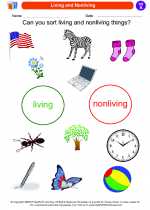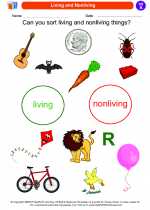Vitamins
Vitamins are essential organic compounds that our bodies need in small amounts to function properly. They play a crucial role in a wide range of bodily functions, including metabolism, immune system function, and maintaining healthy skin, eyes, and bones.
Types of Vitamins
There are 13 essential vitamins, which are divided into two categories based on their solubility:
- Fat-soluble vitamins: These include vitamins A, D, E, and K. They are absorbed along with fats in the diet and are stored in the body's fatty tissue.
- Water-soluble vitamins: This group includes the B vitamins (such as B1, B2, B3, B6, B12, and folate) and vitamin C. They dissolve in water and are not stored in the body, so they need to be consumed regularly.
Sources of Vitamins
Vitamins can be obtained from a variety of food sources, including fruits, vegetables, dairy products, lean meats, and whole grains. Some people may also choose to take vitamin supplements to ensure they meet their daily requirements.
Functions of Vitamins
Each vitamin plays a specific role in the body. For example:
- Vitamin A is important for vision, immune function, and cell growth.
- Vitamin D helps the body absorb calcium and promotes bone health.
- Vitamin C is an antioxidant that supports the immune system and aids in the absorption of iron.
- The B vitamins are involved in energy production, nervous system function, and the formation of red blood cells.
- Vitamin K is essential for blood clotting and bone health.
Study Guide
When studying vitamins, it's important to understand the following key points:
- Memorize the names and functions of the 13 essential vitamins.
- Learn about the main food sources of each vitamin.
- Understand the difference between fat-soluble and water-soluble vitamins.
- Be able to explain the importance of vitamins in maintaining overall health and preventing deficiencies.
By mastering these concepts, you will have a solid understanding of the role that vitamins play in the body and the importance of consuming a balanced diet to meet your vitamin needs.


